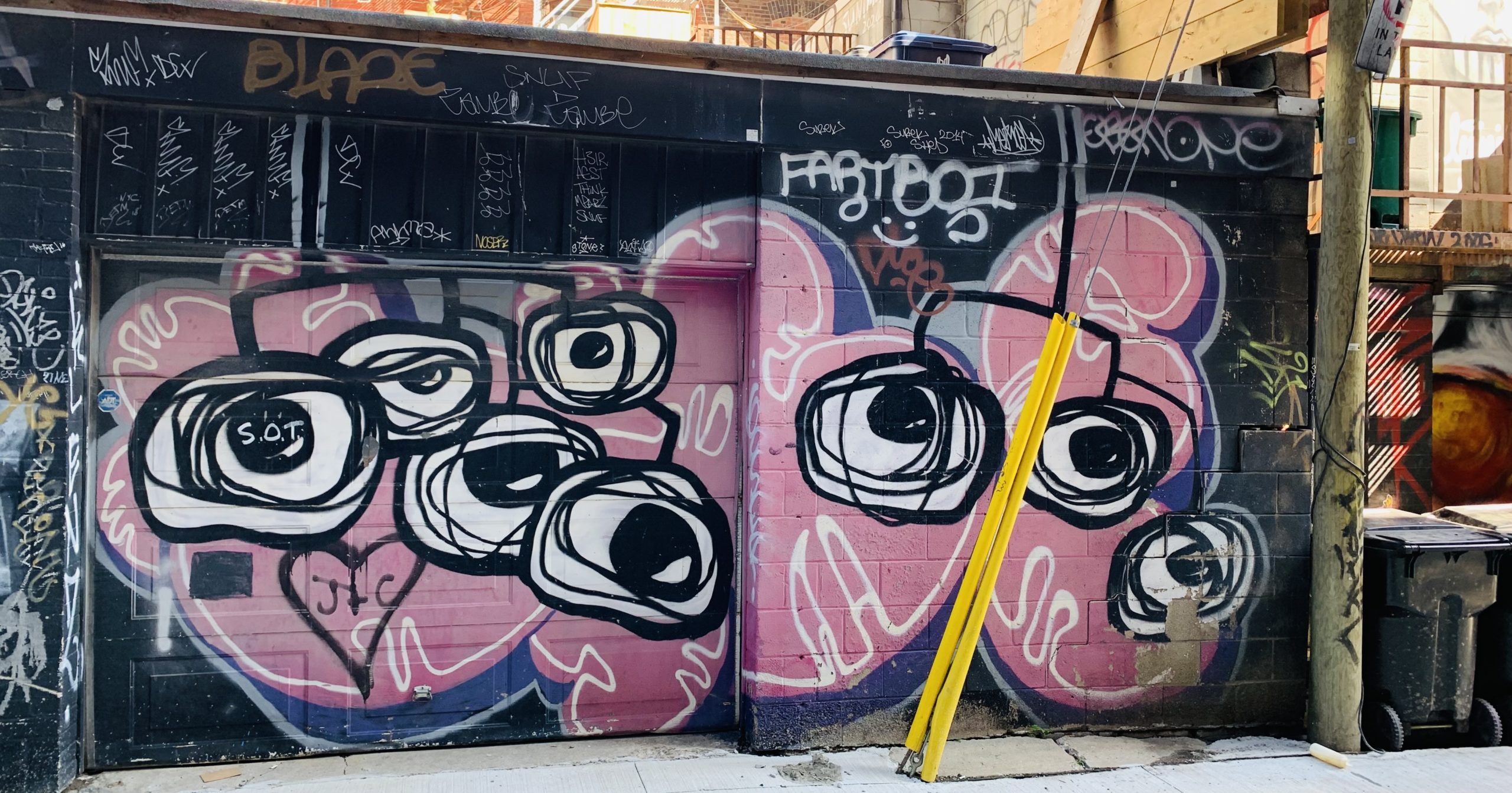This is an Eval Central archive copy, find the original at cense.ca.

If you’ve ever taught a course on an applied subject matter you’ve probably considered introducing case studies.
Case studies are systematic accounts of an activity and aim to provide evidence to illustrate or support an example of something. This might be to show a problem-solving approach, an introduction of a new technology, or demonstrate a particular implementation success or failure.
The case study approach is a core of what Harvard Business School uses and has been replicated in the Harvard Business Review and many other business journals. Harvard even has a structured method that has been adopted by business schools (and other faculties) worldwide.
Case studies are meant to provide us with guides based on practice to help us think through things, follow, or avoid. While this might be true in the abstract, our experience is that they are far better at stimulating discussion in class settings, but lousy at providing innovators with real guidance on what to do.
Partly, this has to do with the stories that are told and partly it’s because of the questions that are asked of the case examples themselves.
A New Case Study Approach
There is another way to approach case studies for innovation.
Innovation is always context-dependent. Complex contexts are those where there is a lot going on at multiple scales, intensities, and connect many different entities like people, organizations and networks. Increasingly, this is what describes the context in which innovators work.
This represents many if not most markets, public policy landscapes, schools, and care institutions today. If you’re involving humans, you’re involving complexity. This requires an approach to understanding and making sense of what happens that accounts for complexity. Consider the Cynefin Framework as a guide in assessment of what kind of situation you’re in.
So it makes sense that case studies — which are designed to take lessons from one context to apply broadly — reflect lessons tied to what’s special about a specific context and not try to reflect too many others.
By understanding what’s special we can better understand what’s general by allowing us to recognize the patterns that make something different and common not one or the other. It sounds simple, but it’s actually something that is lost in the current case study method.
We offer some questions to consider when you look at any case study — including the ones that you write for yourself – to better get value from an case to apply to your own situation. These questions can help you to get to a sense of where an innovation sits within a system and what barriers and facilitators were in place to shape the context, the actors, and the situations that define a case (and are often neglected).
Questions for Cases
For the sake of brevity the term innovator is used to reflect an individual, group, or organization who undertake the design, creation, implementation and ownership of the innovation — which can be a product, service, or policy.
- What kind of relationships or ecosystem is the organization/innovator a part of? (Innovation doesn’t exist in a vaccuum — it’s critical to understand what influences were available to shape the culture of innovation creation)
- How were these relationships leveraged, connected, or served in the development or execution of the innovation? (Innovations are a culmination of relationships in their creation, growth, and realization into a market to different extents, but never without them so they ought not be ignored).
- How was the innovation implemented? (This helps us understand the viable actions that were taken and how much was dependent on other things, what role happenstance (luck) played, and what degree the plan met reality)
- How much risk did the innovator assume? (This allows us to gauge how much motivation, fear, and pressure the innovator was under)
- What was going on in the immediate environment during the development and implementation of the innovation? (This reflects situational, policy, climate, and local contexts)
- What learning processes were put in place? (This speaks to the matter of sustainability and determines if this is likely to be a one-off or something that might be sustained)
- What outputs, outcomes, and impact was achieved? (Did the innovators capture what was produced and what effect it had on the world around the innovation, not just whether it was sold or bought)
- What evolved? (Scale isn’t about just ‘more’, but whether it evolves to meet the needs)
- What is the fit and the purpose? (Innovation is all about fit for purpose and these need to be articulated to assess whether or where it fits and what the purpose(s) are)
- Is there a ratchet? (A ratchet is something that gains leverage the more it’s used. Is there something that allows the lessons of the innovation development or the innovation itself to take something — the organization, people, or product/service/policy further with leverage?)
Try asking these of any case study and you might find what’s missing and what you can ask of your own work to learn more, do more, and innovate better. Case studies often reflect ‘one-off’ events that are highly constrained and not always transferable in what can be learned and applied. By asking these questions you might find answers that can help you make more from your own situation.
If you want help asking and answering these, contact us and we’d be happy to help you.
The post Innovation Case Studies appeared first on Cense.